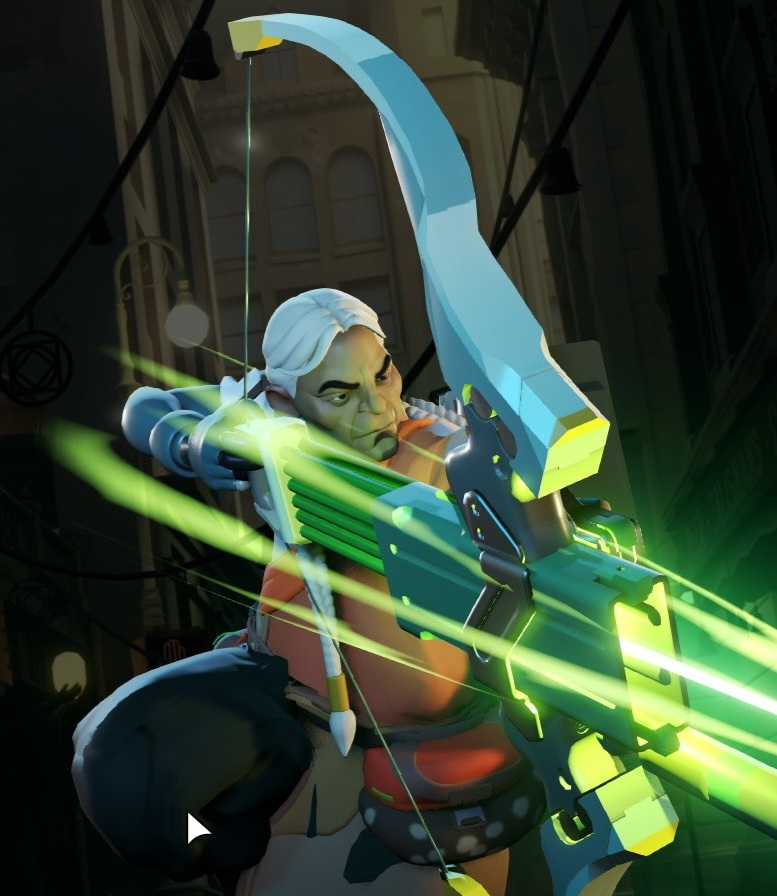

Ah yes, the solution is to give a few students in each poorly-funded school district the opportunity to go to a well-funded private school instead of just funding the public schools.
The charter school grift is evolving.


Ah yes, the solution is to give a few students in each poorly-funded school district the opportunity to go to a well-funded private school instead of just funding the public schools.
The charter school grift is evolving.


I just wanted to point out that Oral B’s basic electric toothbrushes still range from $45-$80, so it’s not quite as cheap as you say it is. Your point still stands in its entirety. The only thing that makes this product different from the $45 model is the Alexa functionality, and taking that away makes it effectively not the same product.



I’m not really understanding why this portrait looks this way… Is the black blob on the bottom left his bent leg? If it is his bent leg, what’s the tan colored bit at the bottom? Or is the black blob some random giant pouch on his hip, alongside the other more pouch-like object on his hip? Is the bow being held close to his body (arm bent?) or does he have a short left arm?
So many questions…


I don’t think there is a “standard” for alice layouts, but you definitely will have to check for key compatability. I found Keychron V8 keycap sizes on their site here, so you should generally look for keycap sets that show you what additional keys are included, such as in this listing and this listing.
You also need to keep in mind the rows (R1, R2, etc.) if you want the profile of each row of keycaps to be consistent. Worst case scenario, you can manually measure the length of each keycap by comparing to 1u keys and known lengths (i.e. standard RShift is 2.75u on ANSI keyboards, LShift is 2.25u, etc.), but that gives you no insight on profile.
Last but not least, I have seen people buy monochromatic keycap sets in a specific profile, such as Cherry profile, and then buying a second smaller set of supplemental keycaps in an accent color (also in Cherry profile). This usually costs more and can lead to mismatched keycaps if not careful or unlucky.


Switch prices can range quite a lot, since there is a decently large enthusiast market for switches. However, I took into consideration that you mentioned you don’t like to buy things you won’t use (the stock switches). I figured it would be better to suggest that you try some switches before you pay for any in bulk.
As for the keycaps, they are not bad. They’re not amazing either, but for what you pay ($15 additional for switches and keycaps) you aren’t gonna beat the price. I just imagine most people are happier having some level of visual customization, and you can’t really see the switches unless you have a keyboard with “floating switches”.
By the way, if you are comfortable keeping the keycaps but swapping out switches, you may also be interested in the Keychron V8. It has somewhat of the ergonomic layout of your current keyboard. It’s only available with blue switches, which are clicky and wouldn’t be appropriate for working.
Sorry that this is getting so long, but one more comment: if you decide to go the barebones route, you will need to make sure you find a keycap set that has 65% compatability. Keys that are frequently missing include the bottom row cluster to the right of the spacebar, and the far right column of keys as well.


Keychron’s V2 (65%) might work for you as a good intro. The Barebone Knob option comes without switches and keycaps, so you can test out a few switches ahead of time, perhaps with a keytester set. For keycaps, you are best off just buying a ‘clone’ set from Aliexpress or Amazon, if you’re trying to get decent quality at a cheap price.
In total, I would expect this setup to cost around $110 before shipping costs and tax.


I 2nd this. I’m not a very good programmer, but I have been able to use QMK Firmware to customize my keyboard. It’s mostly modifying existing code, and working with a command line (I use MSYS2 on Windows).
QMK Configurator and Toolbox is quite straightforward too: map your keybinds, download firmware, and flash it on Toolbox. VIA is nice, but I don’t find myself using it very often.


Played some Crisis Core FF7 (PSP) during down time on a road trip. I forgot how clunky the game feels, but it’s entertaining enough.
I’d like to see how the remaster compares… According to what I’ve heard, the cutscenes are upscales of the original FMVs, which are both odd and intriguing.
Interesting that the screen has such an aggressive curve, but the scanlines and text box are relatively straight.